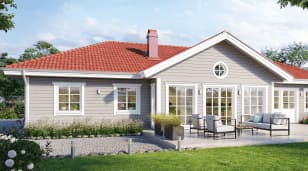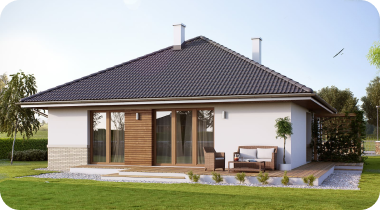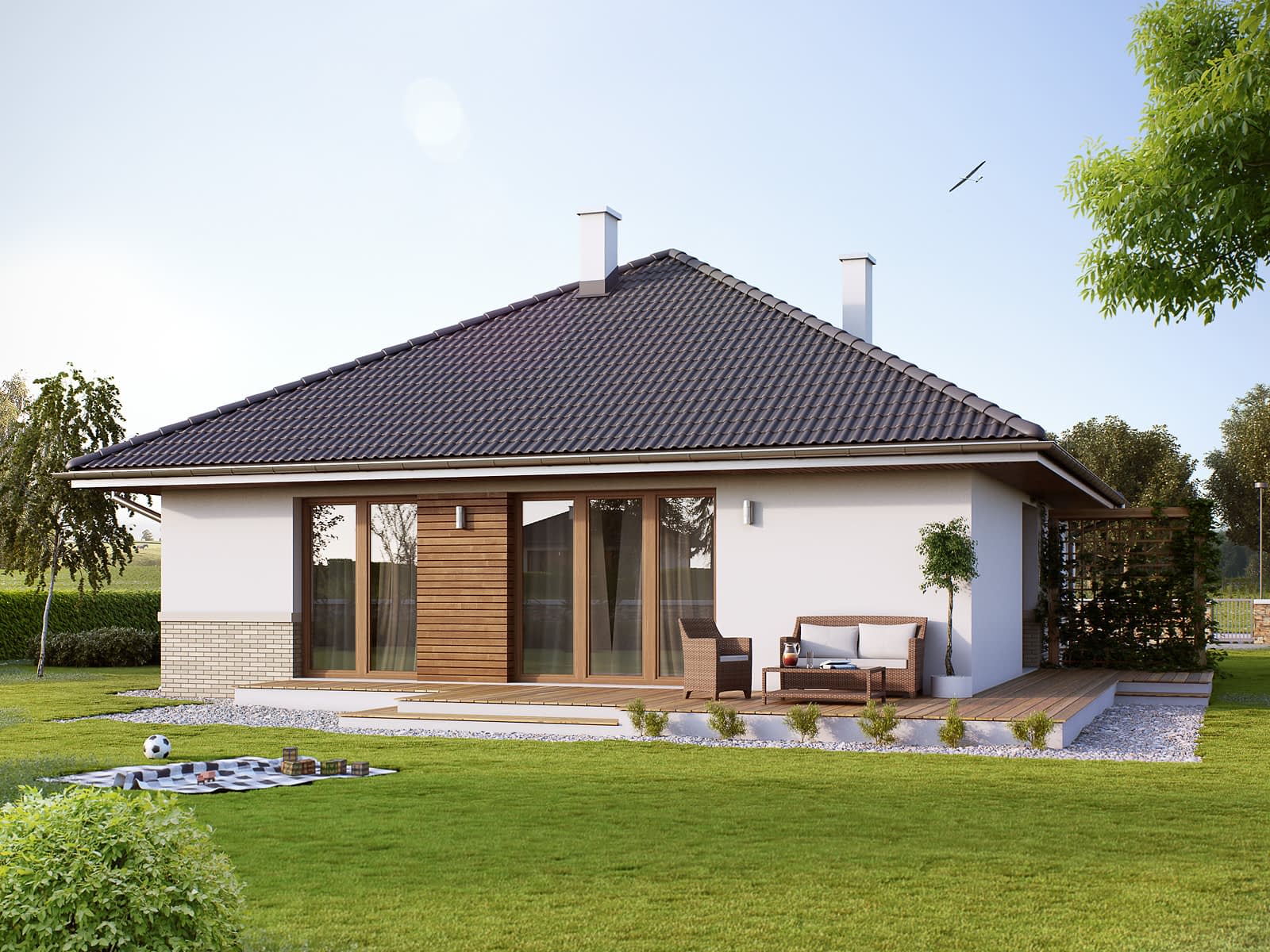





A link to download your FREE brochure will be in your inbox in 3 minutes



















The final price may vary based on project specifics.
To get a free accurate quote tailored to your needs, book a consultation with us today!

The price per square foot provided is an average and may vary depending on project-specific details such as materials, location, complexity, and other factors. Actual costs may differ from the average provided.
It is recommended to obtain a detailed quote based on the specific requirements of your project.

Please note that the monthly payment displayed on this page is an estimate and is subject to variation based on the selected loan product, applicants credit score, loan amount, and other financial details. Actual monthly payment may differ from the estimate provided.
It is recommended to seek advice from a financial advisor or loan officer to obtain precise payment information tailored to individual circumstances.
 Your Trusted
Local Contractor
Your Trusted
Local Contractor
When building an accessory dwelling unit (ADU) on hills and high grounds, homeowners should consider the option of creating retaining walls. This type of construction will significantly transform your project by improving the appearance of the land plot, stabilizing the slopes and foundations, as well as creating more comfortable space.
In general, retaining walls are erected by householders for three purposes:
The practice of building retaining walls shows that their installation will be necessary when the slope of the soil exceeds 10% of the standard soil level in your area. It is also significant to mention that the construction of these walls is desirable in regions with ravines and reservoirs.
When you create retaining walls, you should contact the contractor to minimize the risks of the destruction of the land. Before starting work, your hired workers are required to prepare detailed information about the angle of slope of the ground base, the type of soil, and the susceptibility of the surface to erosion as a result of floods and sudden temperature changes. Retaining walls will become an integral solution for particular types of ADUs, and only the contractor can determine them correctly. For instance, if you decide to build a swimming pool as an additional building, you need to construct such walls for strengthening and security.
We advise you to consult with the contractor, as the construction of retaining walls in some cases may be useless because homeowners try to be safe in cases where it is not required. Moreover, the independent construction of retaining walls will require from you not only specific knowledge but also great emotional and physical losses, so it is best to turn to specialists.
At the initial stage, it doesn’t matter what material your retaining wall will be made of because, first of all, you have to dig a small trench and fill it with concrete, this will become the base of your wall.
After that, your contractor can proceed with the construction depending on the material:
Overall, you can discuss the choice of material with your contractor depending on the preferred design and features of your land plot. Also, you should remember that no retaining wall can perform its functions without foundation. Moreover, for this structure to last for many years and not collapse after the first rains, your contractor has to take care of sealing. This parameter does not allow gas and water to penetrate the wall and gradually destroy the material.
The construction of all ADUs necessarily requires special permission from local authorities, including retaining walls. Your contractor will tell you about the standards of the project and construction rules. However, sometimes the creation of retaining walls may be meaningless if the slopes on your land plot are too steep. In such cases, the width of the wall should be 2-2.5 times higher than the height, which is a huge expense and requires a separate permit.
Retaining walls are best used as a separate structure rather than the component of the main building. The construction of such a wall will cost you $15-30k, including raw materials. In practice, retaining walls are required only in one out of ten cases, in other occasions, they become a decorative solution.
If we talk about the weaknesses of retaining walls, we can mention two main negative sides. Firstly, this design will make your ADU project more expensive by an average of $20k. Secondly, retaining walls take up a lot of space on your land plot, which is not suitable for homeowners who prefer space. Before starting construction, you should consult with specialists, as well as with people who have already built retaining walls.
Another option for soil retention is the construction of gabions. Gabions are three-dimensional mesh structures usually in the form of a cube, the edges of which are iron bars. Such a cage is filled with natural materials, in particular, stones, cobblestones, and crushed stones. Gabions are more a decorative solution than an ideal choice for hills and slopes, unlike classic retaining walls.
All in all, before making a final decision on the construction of a retaining wall, we recommend making a list of pros and cons, consulting with professionals, and, if possible, visualizing a retaining wall on your land plot.
Building an ADU with A+ Construction & Remodeling means getting access to some of Sacramento’s best ADU contractors – read more about here – https://aplusconstructionremodeling.com/adu-builders/. Our team is well-versed in the specific requirements of constructing ADUs, and they apply this expertise to ensure a smooth and efficient building process. What sets us apart is our focus on individual client needs. We don’t offer one-size-fits-all solutions. Instead, we listen, understand, and translate your vision into a tangible ADU home that mirrors your expectations. This personalized approach, combined with our professional acumen, is what makes us stand out as an exceptional ADU builder in Sacramento.
Get a First Look at Real ADU Projects